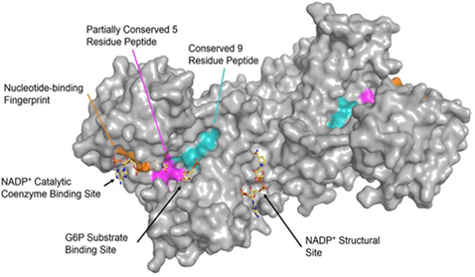Abstract
This study we attempt to search the need for a newborn screening program for G6PD deficiency because of high prevalence in some areas and no such study was done in part of Maharashtra. Also routinely administered vitamin K prophylaxis can cause hemolysis in G6PD deficient newborns and may prove potentially fatal, which can be prevented if babies are screened for G6PD deficiency. The current study was a retrospective cross-sectional study conducted to determine the prevalence of G6PD deficiency in Red Blood Cells of born live neonates in tertiary care hospital. The research was performed at a tertiary care hospital with the 350 newborns, showing the age distribution of newborns revealed that the highest number of newborns was in the age group of 0-10 hours (96.29 percent). Of the 350 newborns, 181 (51.71 percent) were females and 169 (48.29 percent) were males and the ratio of females to males was 1.07:1. Many newborns had between 2500-3000 g (52.86 percent) of birth weight led by > 3000 g (28 percent) and < 2500 g (19.14 percent). The majority of newborns were Hindu by religion (67.14%) followed by Muslims (22.86%), Buddhists (6%), as well as other religions (4%). Most of the newborns came from 1st gravida (42.86%) and led by 2nd gravida (37.14%)
Full text article
Authors

This work is licensed under a Creative Commons Attribution-NonCommercial-NoDerivatives 4.0 International License.

